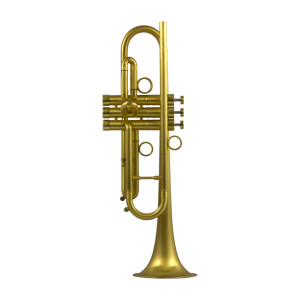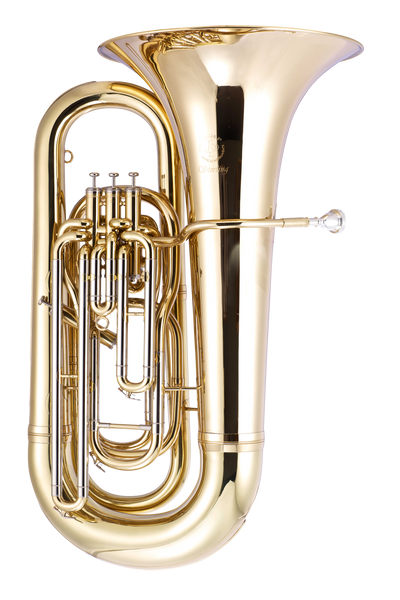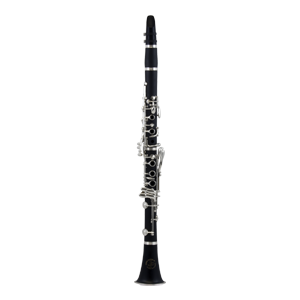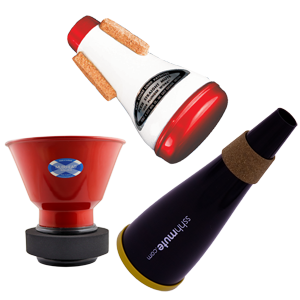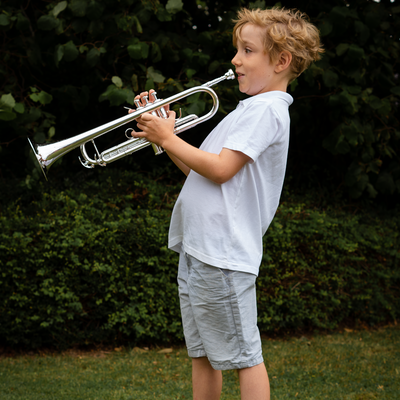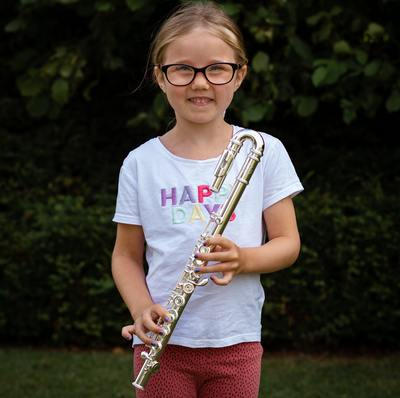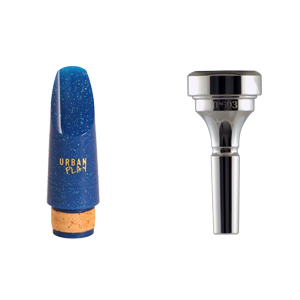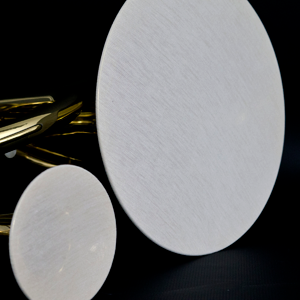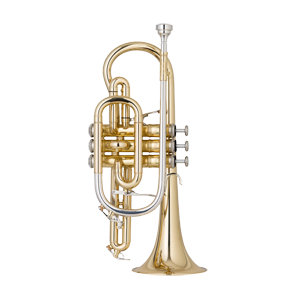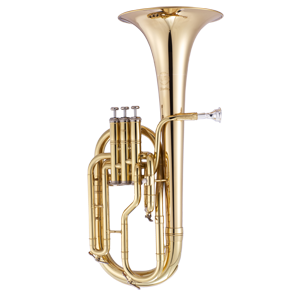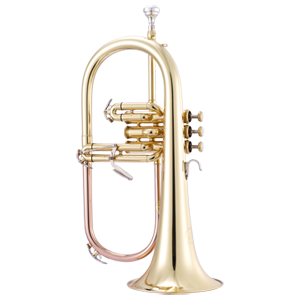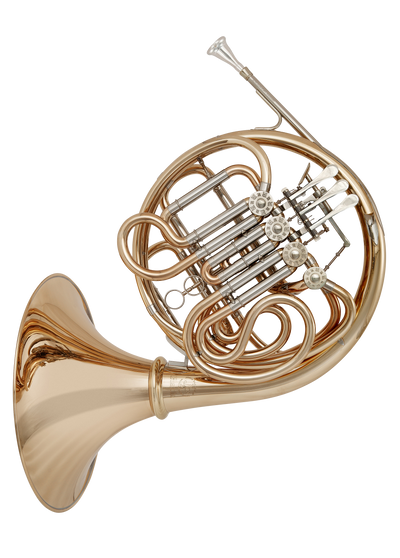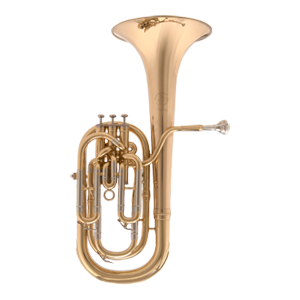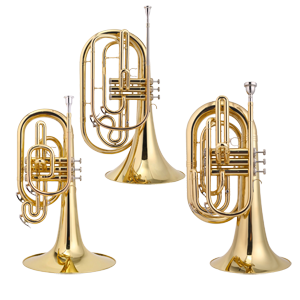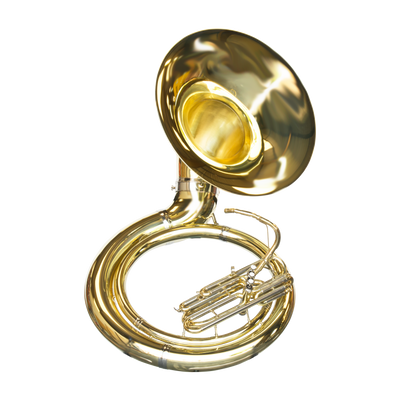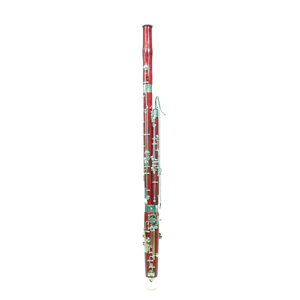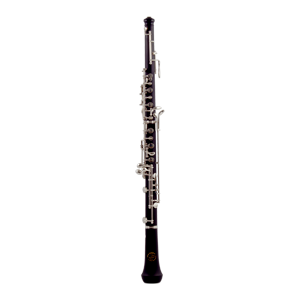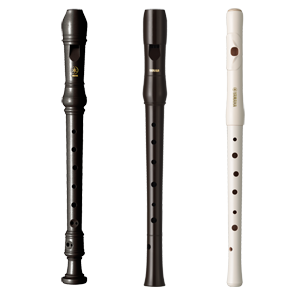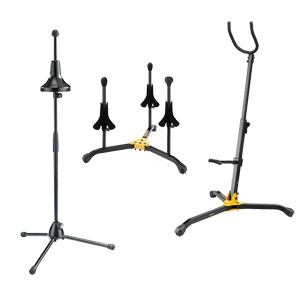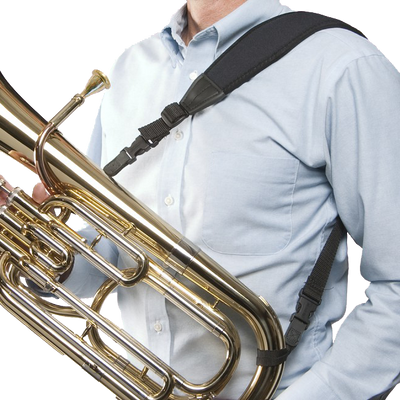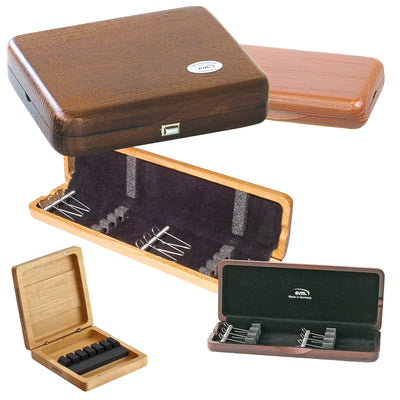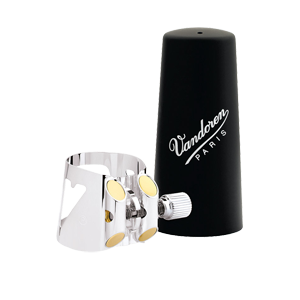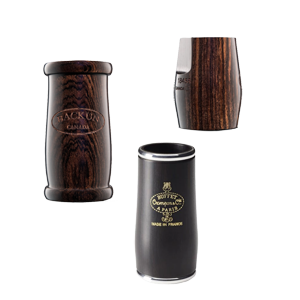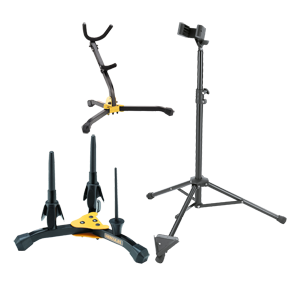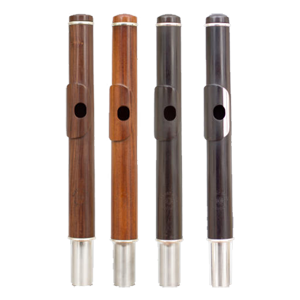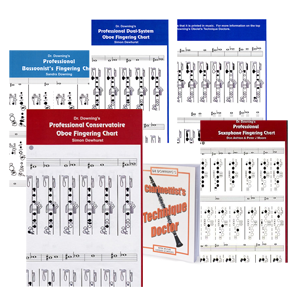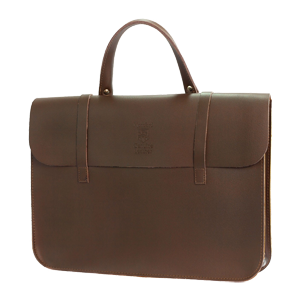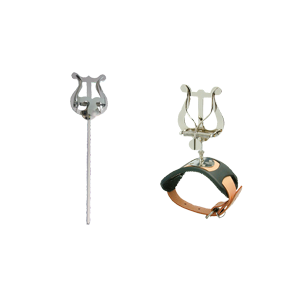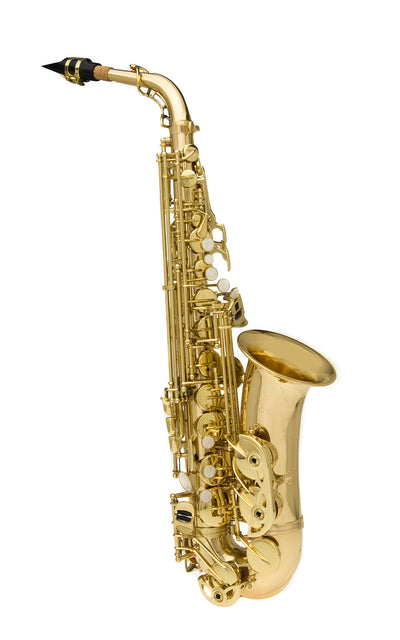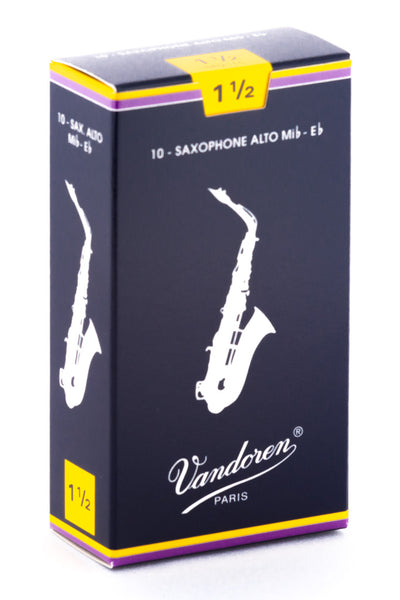An introduction to Flugel Horns
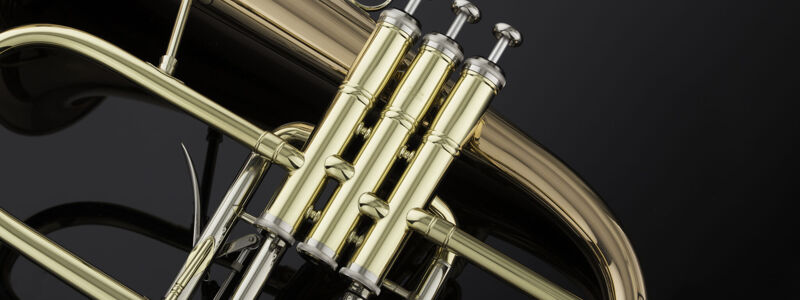
The flugelhorn, also spelled fluegelhorn, flugel horn, or flügelhorn, is a brass instrument that resembles the trumpet and cornet but has a wider, more conical bore.
The flugelhorn is generally pitched in B♭, like most trumpets and cornets. It usually has three piston valves and employs the same fingering system as other brass instruments, although four-valve versions and rotary-valve versions also exist. It can therefore be played by trumpet and cornet players although it has different playing characteristics.
What does it sound like?
The tone is fatter and usually regarded as more mellow and dark than the trumpet or cornet. The sound of the flugelhorn has been described as halfway between a trumpet and a French horn, whereas the cornet's sound is halfway between a trumpet and a flugelhorn.
A musical chameleon?
We've described it like this, because it can be used in quite diverse musical settings. The flugelhorn is a standard member of the British-style brass band, and also used frequently in jazz. It also appears occasionally in orchestral and concert band music.
Famous orchestral works with flugelhorn include Igor Stravinsky's Threni, Ralph Vaughan Williams's Ninth Symphony, and Michael Tippett's third symphony. The flugelhorn is sometimes substituted for the post horn in Mahler's Third Symphony, and for the soprano Roman buccine in Ottorino Respighi's Pines of Rome.
Which is right for me?
Like all other instruments there are models suitable for students, amateurs, and professional musicians. We have our own brand Flugel Horns, but you will also find other brands such as B&S, Bach, Conn, Courtois, Jupiter, Smith-Watkins and Yamaha.
As you go through the playing levels, you will find additional features and varying changes to the quality of construction and materials.



